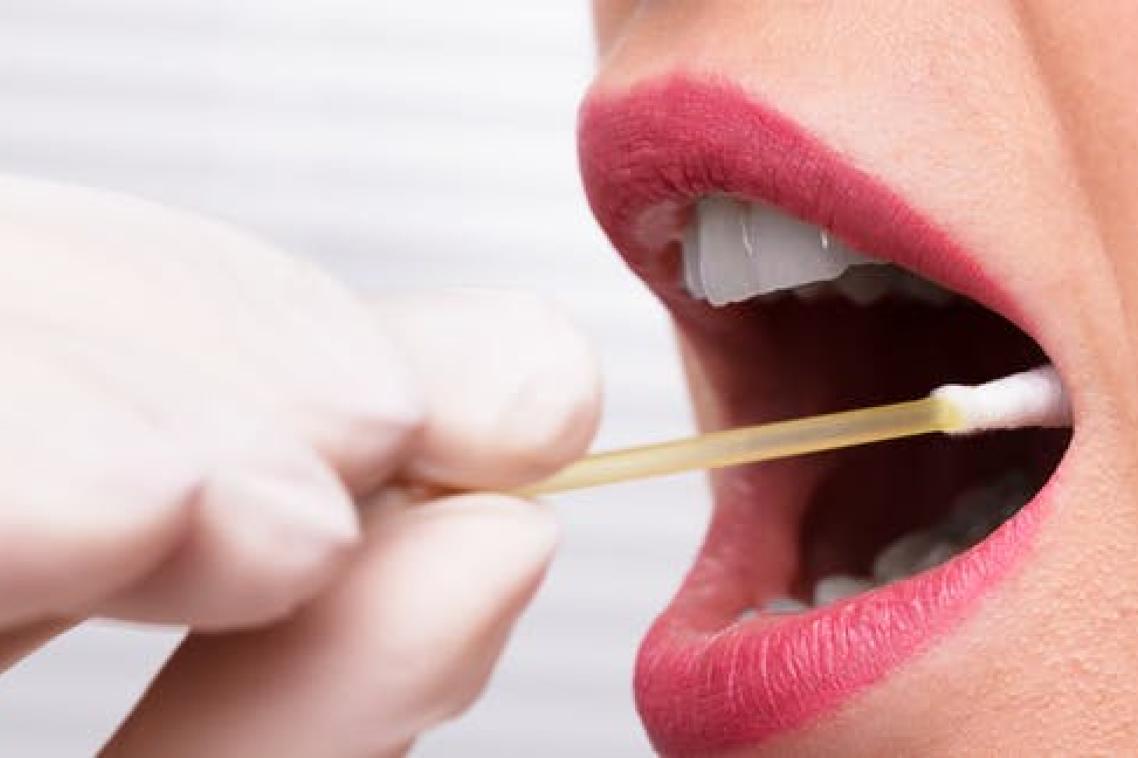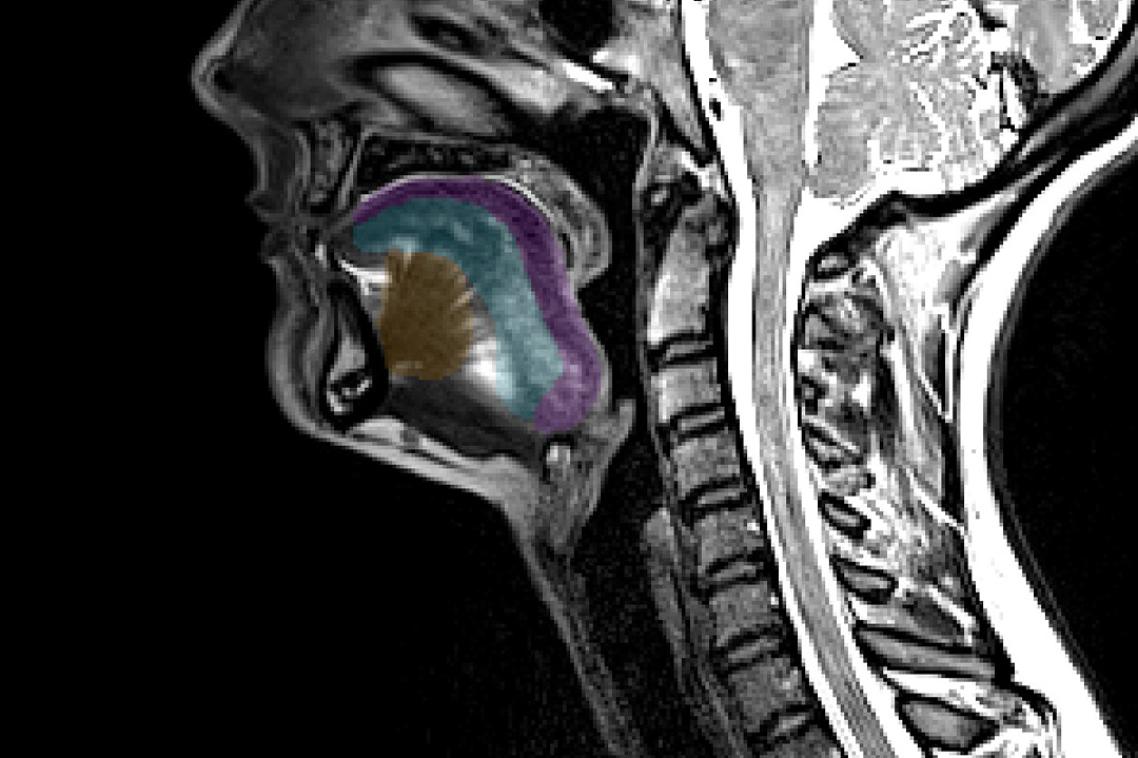COVID-19: could saliva tests replace nasal swabs?

Saliva could be humanity’s best friend in fighting the COVID-19 pandemic, University of Queensland researchers have found.
Dr Pingping Han, a postdoctoral research fellow in UQ’s School of Dentistry, said saliva can be used to diagnose the presence and transmission of COVID-19, and to monitor immunity to the virus.
“Ironically saliva is a leading way that disease is transmitted, via droplets on surfaces and in the air, but it can also be incredibly useful to us for diagnosing the virus and monitoring a person’s health,” Dr Han said.
“Saliva is easy to access, collecting samples is non-invasive, and the procedure to diagnose COVID-19 is low-cost.”
Dr Han said she wanted researchers, clinicians, policymakers and the public to understand saliva’s value in the coronavirus pandemic.
“Saliva testing allows quick, accurate and non-invasive detection in symptomatic and asymptomatic patients, as well as determination of a patient’s immune status," she said.
“It is ideal for effective, large-scale pandemic control measures to prevent COVID-19’s spread.”
Dr Han noted the United States’ Food and Drug Administration last week approved the first SARS-CoV-2 coronavirus test that will allow people to collect their own saliva at home and send to a lab for results.
She said her research team hoped their review would guide the development of environmental and therapeutic strategies to reduce transmission of the virus, and help minimise risks to health professionals and others.
“Further studies into microbial pathogens such as bacteria and viruses and immunological antibodies are urgently required, to help validate saliva for future routine specimen collections, in this and future pandemics,” Dr Han said.
The study included a review on the three clinical studies on salivary diagnostics available at the time this study was prepared.
It outlines the potential mechanism saliva uses to transmit the virus, and how saliva is a readily accessible diagnostic tool for detecting the virus’s presence.
Professor Sašo Ivanovski from UQ’s School of Dentistry co-led the study, which is published in Diagnostics.
Contact: Dr Pingping Han, p.han@uq.edu.au, 0468 608 359, Kirsten O’Leary, UQ Communications, k.oleary@uq.edu.au, 0412 307 594;
Related articles

A legacy in stone

Scanning the tongue to detect and track Motor Neurone Disease
Media contact
UQ Communications
communications@uq.edu.au
+61 429 056 139
